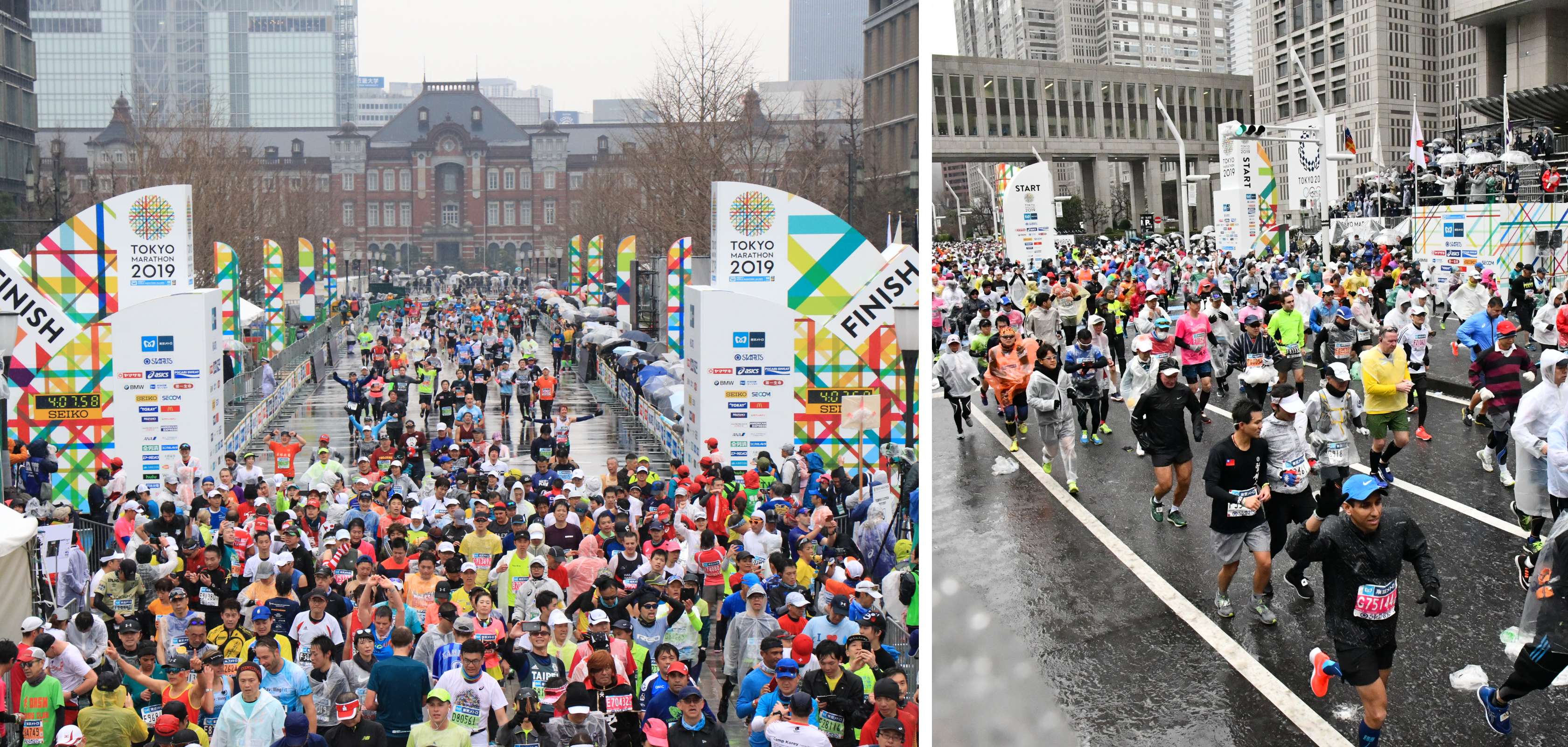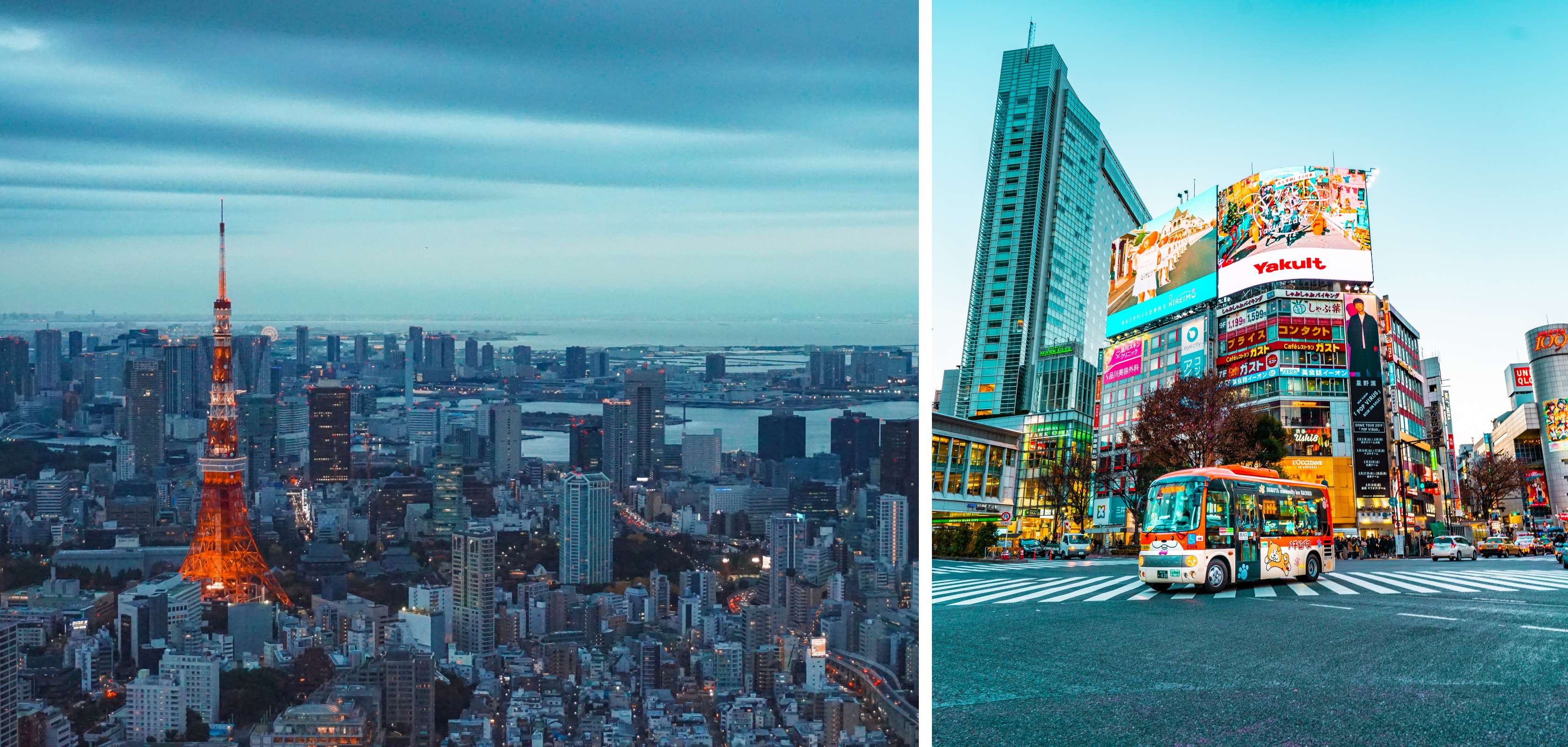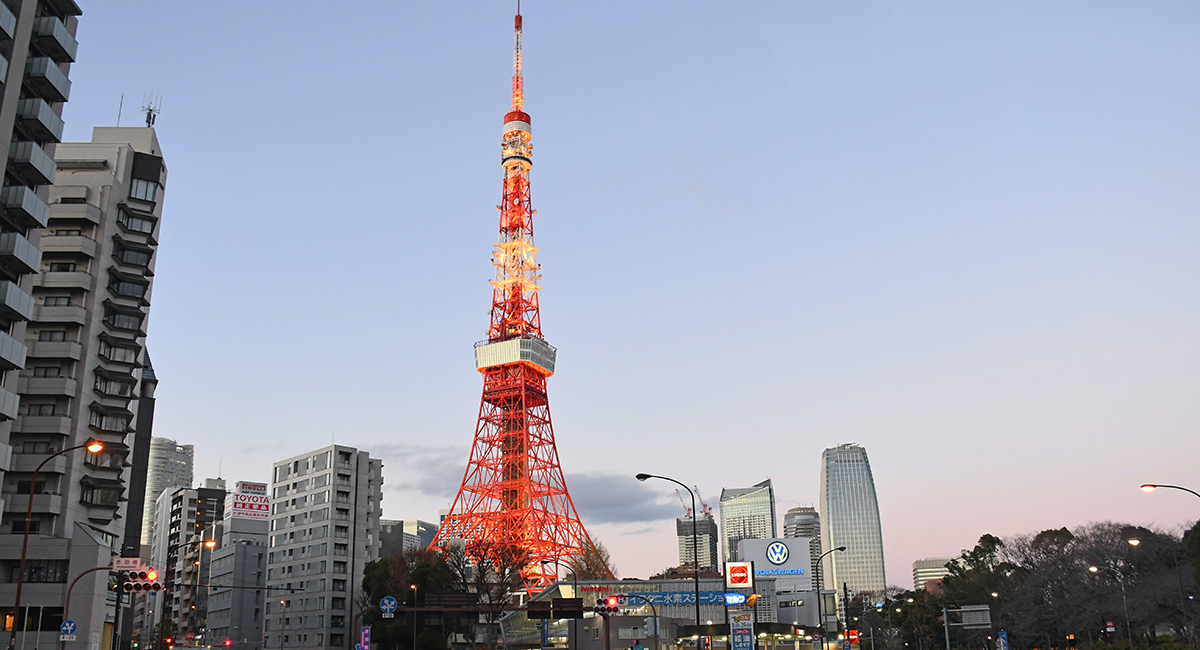My Experience Running The Tokyo Marathon
Dreaming of running the Tokyo Marathon? Whether you’re chasing your Six Star medal, looking for a PB, or just want to experience one of the world’s greatest city marathons, this comprehensive guide will help you prepare, qualify, and thrive on race day. From registration tips to race-day logistics, course insights, and the best post-race ramen, here’s everything you need to know about running the Tokyo Marathon
Why Run the Tokyo Marathon?
The Tokyo Marathon stands as a true celebration of running, culture, and community. As the only Abbott World Marathon Major in Asia, it offers a unique blend of world-class organisation, electrifying city energy, and Japanese hospitality that’s hard to match anywhere else. Since its inception, the event has evolved into a bucket-list race for runners worldwide, not just for its prestige but for the unforgettable experience it delivers.
Running Tokyo means weaving through a metropolis where ancient shrines sit beside futuristic skyscrapers, and every kilometre is lined with enthusiastic volunteers and reserved yet supportive crowds. The course itself is a sightseeing tour of Tokyo’s most iconic districts, from the soaring towers of Shinjuku to the historic streets of Asakusa and the neon glow of Ginza. The finish at Tokyo Station, revamped in 2017, provides a grand and scenic conclusion to your marathon journey.
For many, Tokyo is the final piece in the Six Star World Marathon Majors puzzle, making the finish line even more meaningful. But whether you’re chasing a PB, your Six Star medal, or simply want to experience the magic of running through one of the world’s greatest cities, the Tokyo Marathon is a race that will stay with you for life.
How to Enter the Tokyo Marathon
Lottery Entry
Securing a spot in the Tokyo Marathon is a dream for many, but with tens of thousands of applicants each year, competition is fierce. The most common route is through the general entry lottery, which typically opens in August. You’ll need to complete an online application during the entry window and then wait for the draw. With more than 300,000 applicants for fewer than 40,000 spots, the odds are tough. Many runners apply multiple years before finally getting in, so don’t be discouraged if you’re not successful on your first try.
Charity Entry
If you’re passionate about giving back, the charity entry route is a fantastic option. Runners commit to raising funds for an official charity partner, which not only guarantees your entry but also lets you make a positive impact. Fundraising targets are set by the organisers and must be met before race day. These options provide a more certain path to the start line, though they come with higher financial commitments. Charity runners must meet fundraising targets, while tour operator packages often include premium services and support.
Tour Operators
For international runners, official tour operators offer packages that include guaranteed race entry, accommodation, and often guided tours or support. This can take the stress out of planning and ensure you’re well looked after from the moment you land in Tokyo.
Qualifying Times
Elite and semi-elite runners can apply for a “Run as One” entry by submitting a qualifying marathon time from a certified event. The required times are stringent and vary by age and gender, so check the official Tokyo Marathon website for the latest standards. These times are typically sub-2:45 for men and sub-3:30 for women, but always check the latest requirements.
Entry Fees
Entry fees for the Tokyo Marathon reflect its world-class status. For 2025, Japan residents pay 16,500 JPY, while overseas runners are charged 160 USD. The 10.7km race costs 5,600 JPY for residents and 60 USD for overseas participants.
Race Day: Getting to the Start Line
Race day in Tokyo is a blend of excitement and precision. The city comes alive as thousands of runners make their way to the start in Shinjuku. The start area opens at 7:00 AM, and it’s important not to arrive too early, as you won’t be allowed in before then.
Key Timings
- Start Area Opens: 7:00 AM
- Bag Check Closes: 8:45 AM
- Corral Entry Closes: 8:55 AM
- Wheelchair Start: 9:05 AM
- Marathon Start: 9:10 AM
Most runners take the subway to Shinjuku Station and follow signs (and the crowd) to the start. The participant guide will specify which gate and entrance you should use based on your assigned start corral. Bag drop is efficient but busy—make sure you know your truck number and allow time for queues
Tokyo Marathon Course Overview
The Tokyo Marathon course is a showcase of the city’s best sights, blending historic landmarks with modern marvels. Starting at the Tokyo Metropolitan Government Building in Shinjuku, the route winds through Suidobashi, Ueno, Kanda, Nihombashi, Asakusa (with its famous Kaminarimon Gate), Ryogoku, Monzen-nakacho, Ginza, Tamachi, Hibiya, and finally finishes on Gyoko-dori Avenue near Tokyo Station.
Course Features:
- Flat and Fast → The course is predominantly flat, making it ideal for PB attempts. However, there are slight undulations and a few sharp turns, especially in the early kilometres and during the switchbacks.
- Landmarks → Run past the Imperial Palace, Senso-ji Temple, Tokyo Skytree, Ginza’s luxury shops, and the red-brick Marunouchi Building at the finish.
Course Map → Every kilometre is clearly marked, with timing clocks at key points. The final stretch includes a cobblestone section, so save some energy for a strong finish.
Cut-Off Times and Race Rules
The Tokyo Marathon is renowned for its strict cut-off times. The official time limit is seven hours, but this is based on gun time, not chip time—if you’re in a back corral, you may have less than 6.5 hours to finish. There are eight cut-off points along the course, starting at 4.9km and ending at 37.8km. If you fall behind the pace, you’ll be asked to stop and board a sweep bus.
Race Rules
- Start from your assigned corral only—starting from the wrong place can lead to disqualification.
- No camping near the start area the night before.
- Only runners are allowed in restricted areas.
- No personal vehicles or buses in the start area.
- Do not enter hotels or office buildings along the course.
- No non-registered runners, pets, or strollers.
- Strictly no littering—use bins or hand rubbish to volunteers
Travel Planning and Accommodation
When to Book
Tokyo is a city that never sleeps, and the marathon weekend is one of its busiest times. As soon as you secure your entry, book your flights and accommodation. Hotels near the start (Shinjuku) and finish (Tokyo Station) fill up quickly, and prices can rise as race day approaches.
Where to Stay
- Near the Start (Shinjuku) → Staying close to the Tokyo Metropolitan Government Building makes race morning logistics easier, especially if you’re nervous about transport or want to minimise pre-race stress5.
- Near the Finish (Tokyo Station) → Ideal for a quick post-race shower and rest, but expect higher prices and limited availability.
- Other Neighbourhoods → Tokyo’s efficient subway system means you can stay further out and still reach the start with ease. Popular districts like Shibuya, Asakusa, and Ginza offer great food, shopping, and atmosphere.
Getting Around
The Tokyo subway is fast, reliable, and the preferred way for runners to get to the start. Shinjuku Station is a major hub, but it’s vast—navigating it can take longer than expected. The WEST EXIT is closest to the start area, and the Marunouchi line brings you right beside it. Doing a “dry run” the day before can save you stress on race morning.
FAQs
Apply via the official lottery, charity entry, or through an approved tour operator. Elite runners can apply with a qualifying time.
You must be at least 19 years old to participate.
Seven hours, with strict cut-offs at multiple points along the course. Remember, this is gun time, so your actual running time may be less if you start in a later corral.
Your bib, wristband, photo ID, and any required documents. Dress for the weather, bring your own nutrition if you have specific preferences, and don’t forget your phone for photos!
The course starts at the Tokyo Metropolitan Government Building in Shinjuku and winds through Suidobashi, Ueno, Kanda, Nihombashi, Asakusa, Ryogoku, Monzen-nakacho, Ginza, Tamachi, Hibiya, and finishes near Tokyo Station.
Entry is highly competitive, with lottery odds around 1 in 10. Charity and tour operator entries provide alternative routes for guaranteed entry.
Yes, charity entries are available and provide a guaranteed place in exchange for fundraising.
Related Articles






